It must be affirmed that the current difficulties and challenges for livestock and poultry farming are not only in Thai Nguyen province but also in the whole country. However , with the available potentials and advantages, along with the proposed orientation for livestock development, livestock farming activities in the province must inevitably change to adapt, develop more strongly and sustainably.
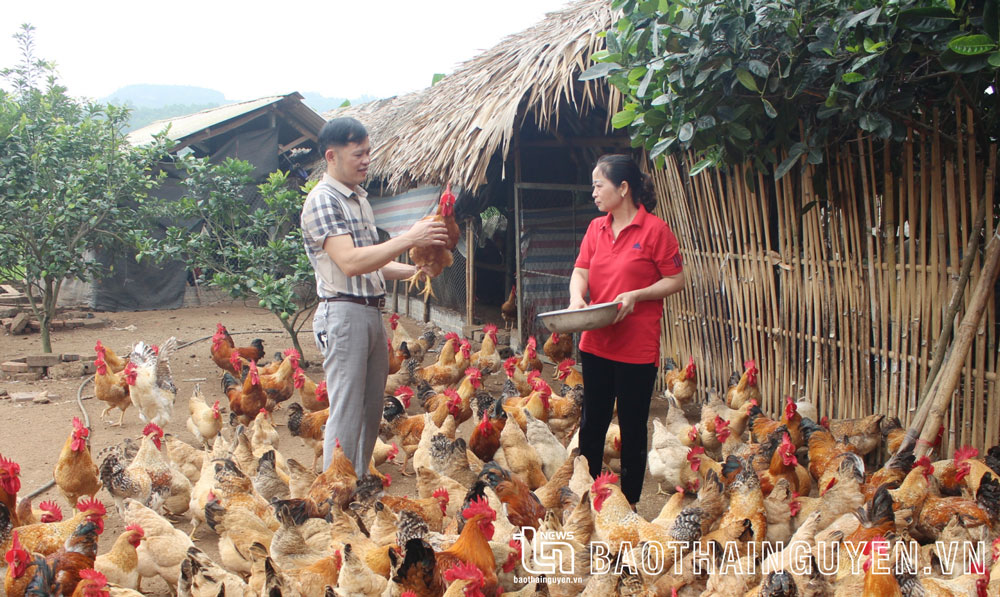 |
| The family of Ms. Nguyen Thi Thuy in Tien Bo hamlet, Hop Thanh commune (Phu Luong) raises chickens in a biosafety direction, bringing high economic efficiency. |
Planning concentrated livestock farming areas, biosecurity
In order for the livestock industry to develop commensurate with its potential and available advantages, the province has focused on planning concentrated livestock farming areas and large-scale farms to improve efficiency and gradually reduce small-scale livestock farming.
Mr. Vu Duc Hao, Deputy Director of the Department of Agriculture and Rural Development, said: The province's livestock development orientation to 2025, with a vision to 2030, is to identify concentrated livestock farming areas and farms according to the livestock development planning of districts and cities; strictly implement regulations on areas where livestock farming is not allowed; move livestock farms away from urban areas, residential areas, and areas planned for concentrated tea production with the province's brand... At the same time, focus on developing livestock farming in localities with large land funds to ensure density according to regulations, such as: Dai Tu, Dinh Hoa, Phu Luong, Phu Binh...
For example, in Dai Tu district, according to the planning approved by competent authorities, the district has 57 concentrated livestock farming areas, with more than 520 hectares in 28/29 communes and towns. In particular, some localities have favorable land conditions, suitable for large-scale concentrated livestock farming, with large planned areas, such as: Quan Chu town 52 hectares; Tien Hoi 54 hectares; La Bang 50 hectares...
Each locality can plan many different concentrated livestock farming areas. The planned areas all meet the criteria of being far from residential areas and convenient for transportation.
Up to now, in the concentrated livestock farming area in Khe Cua 2 hamlet, Quan Chu town, there have been 2 organizations and individuals investing in pig farms with a scale of more than 1,000 pigs.
In Dinh Hoa district, the locality is also actively attracting investment in two concentrated livestock planning areas in Phu Tien commune (150ha) and Binh Thanh commune (250ha)...
Mr. Ma Tien Kop, Deputy Head of the Department of Agriculture and Rural Development of Phu Luong district, said: Currently, 13 communes in the district have planned concentrated livestock farming areas, with an average scale of 10-20 hectares/locality. Planning and forming concentrated livestock farming areas is a premise to attract investment enterprises, increase production value in livestock farming, and at the same time contribute to helping livestock farms prevent and control diseases more effectively.
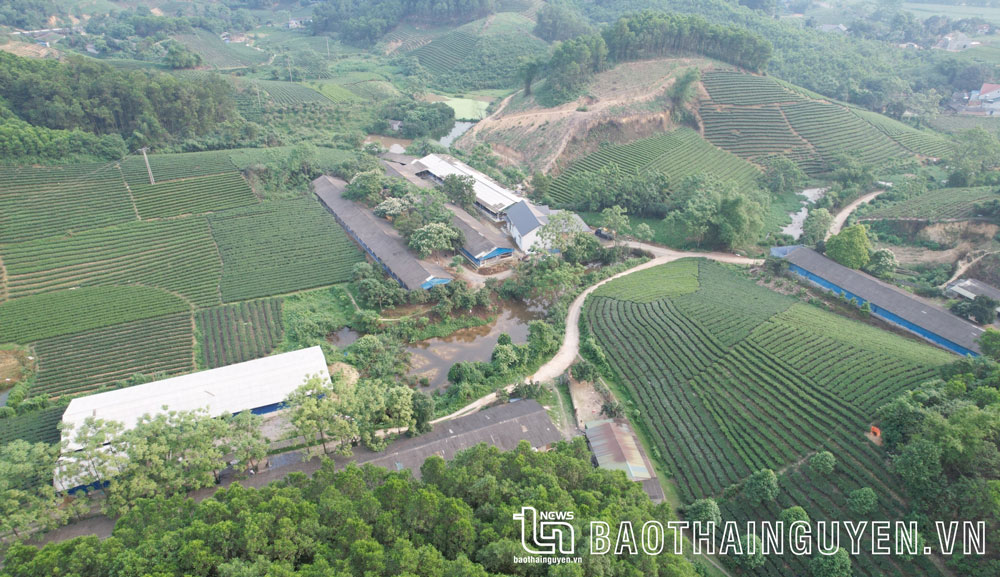 |
| A large-scale livestock farm in Dong Hy district was built far from residential areas. |
Inevitable livestock farming trend
In recent years, biosafety livestock farming has become a trend, encouraged by local authorities and professional agencies, and supported by people because of its sustainability, efficiency, and safety.
With guidance and technical support from the district's professional agency, 3 years ago, Ms. Nguyen Thi Thuy's family, in Tien Bo hamlet, Hop Thanh commune (Phu Luong), started raising chickens organically.
Ms. Thuy shared: We use probiotics; calcium worms combined with rice, corn, bananas... as animal feed. I go to the forest to pick leaves of trees such as figs, giant tea, and pearls... to prevent and treat some diseases for chickens. While other households have difficulty raising chickens with industrial feed, my family is not much affected, because raising chickens in this way not only reduces feed costs (about 70% less than raising chickens with feed), but the chickens also have good resistance, grow healthily; the chicken meat is fragrant, delicious, and trusted by consumers. On average, a chicken from the time it is raised until it is sold (7 months) reaches a weight of 2-2.7kg, the selling price is always much higher than other chicken farms in the area, reaching 110-130 thousand VND/kg.
 |
| Mr. Pham Quang Phuc, Chairman of the Provincial Animal Husbandry and Veterinary Association: Instead of producing and managing on their own, livestock households need to cooperate with businesses to promote large-scale production and processing. In addition, raising livestock using safe methods will open up opportunities to supply products to supermarkets and businesses, helping to increase the value of livestock farming. |
In some other livestock farms, people have boldly applied scientific and technological advances to production, using foreign breeds with high productivity and quality. Thanks to that, the productivity and quality of livestock have been significantly improved, bringing high economic efficiency.
According to statistics, the current rate of foreign pigs in the province is 75% of the total herd; the herd of Zebu crossbred cows and high-quality cows is 65% or more; the herd of colored chickens is 85% of the total herd.
Reality shows that livestock farms that apply solid science and technology and have connections always "live well" and have less risks than livestock farms in the form of small-scale households.
Mr. Nguyen Manh Hung in Trung Thanh hamlet, Hoa Binh commune (Dong Hy), informed: With 2,000m2 of barn, I am cooperating with Hong Ha Company Limited (Ha Nam), raising 18,000 chickens/batch. During the raising process, the Company regularly sends veterinary staff to check, instruct me on how to feed chickens, vaccinate and implement measures to clean the barn according to the correct process. Thanks to technical support, my flock of chickens grows healthily, without any disease outbreaks. When the chickens reach the age to be sold, the Company will buy all of them, so I do not have to worry about output or market prices...
Building a strong brand
In addition to the support from the Central Government and the province through programs and projects, in recent times, districts and cities in the province have also made many efforts in building brands and spreading effective livestock models. At the same time, they have supported and facilitated livestock activities in the area.
For example, in Phu Luong district, from 2018 to now, the locality has spent 2.2 billion VND to support disease prevention and control in livestock farming, support the BBB cattle farming model, support the development of farms and livestock cooperatives, etc.
Dai Tu district also supports loan interest rates for farms, funding for VietGAP certification, biological bedding, etc. for livestock households.
In Vo Nhai, since 2021, the district has implemented a project to build models of organic and bio-safe chicken and pig farming associated with centralized slaughterhouses for the period 2021-2025, oriented to 2030 with a total investment of over 980 million VND... Participating in the project, households are supported with techniques, 70% of the cost of seeds, feed...
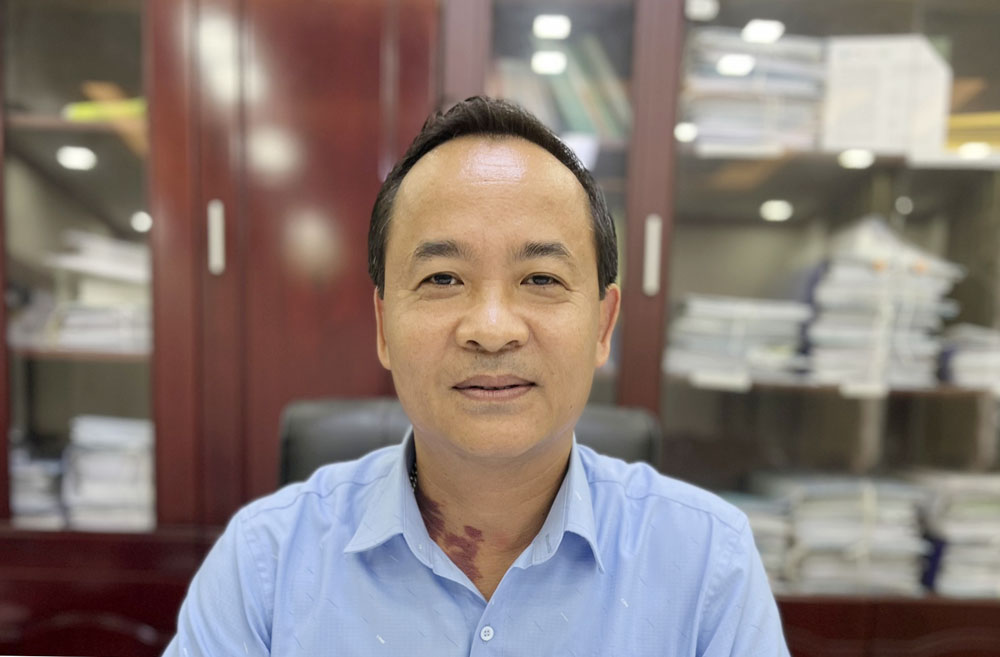 |
| Mr. Vu Duc Hao, Deputy Director of the Department of Agriculture and Rural Development: In the coming time, the Department will continue to advise the Provincial People's Committee on the direction of gradually reducing household-scale livestock farming, developing livestock farming towards concentrated farms, biosafety, disease safety, associated with environmental protection and land use plans in each locality; continue to attract businesses to invest in developing large-scale livestock farming, following the value chain. |
The construction and implementation of livestock product development projects in Phu Binh district such as: Phu Binh hill chicken development project; Project to build disease-free livestock farming areas... have also initially shown positive results when the hill chicken brand is increasingly known by many people, livestock grows healthily, maintaining the position of the locality with the highest livestock herd in the province (nearly 4.7 million animals).
Ms. Tran Thi Tuyen, Director of the Phu Binh District Agricultural Service Center, said: From 2021 to now, the district has allocated nearly 9 billion VND to implement livestock support programs and vaccination for livestock. We regularly coordinate propaganda so that livestock households can properly vaccinate their livestock according to the process; instruct people on how to disinfect barns and synchronously implement technical measures in livestock farming to prevent and limit the spread of disease...
In some localities, livestock households have joined together to form cooperatives and cooperatives specializing in livestock farming and trading in livestock products, such as Dai Vuong Organic Agriculture Cooperative (Dinh Hoa), Xanh Cooperative (Song Cong City), Tan Tien Hill Chicken Breeding Cooperative (Phu Binh)... with many efforts to build brands, meeting strict standards on quality and food safety conditions.
| According to the province's key agricultural development project for the 2021-2025 period, with a vision to 2030, the number of pig and chicken farms will increase by an average of 5% per year. By 2025, the meat output (pigs and chickens) of farms will account for 40-45% of total output; by 2030, it will account for 50-55% of total output. |
According to economic experts, the province's livestock industry still has a lot of room for development and needs more "support" for more sustainable growth. In the immediate future, with the price of industrial feed "stuck high", the professional agency recommends that livestock farmers use natural feed sources to reduce production costs. The number one priority is biosafety livestock farming. In addition, livestock farmers need to focus on linking to form cooperatives and cooperatives; linking with businesses from production to product consumption; forming deeply processed products, ensuring food safety... Only then can the livestock industry break through and develop commensurate with its potential.
Source link



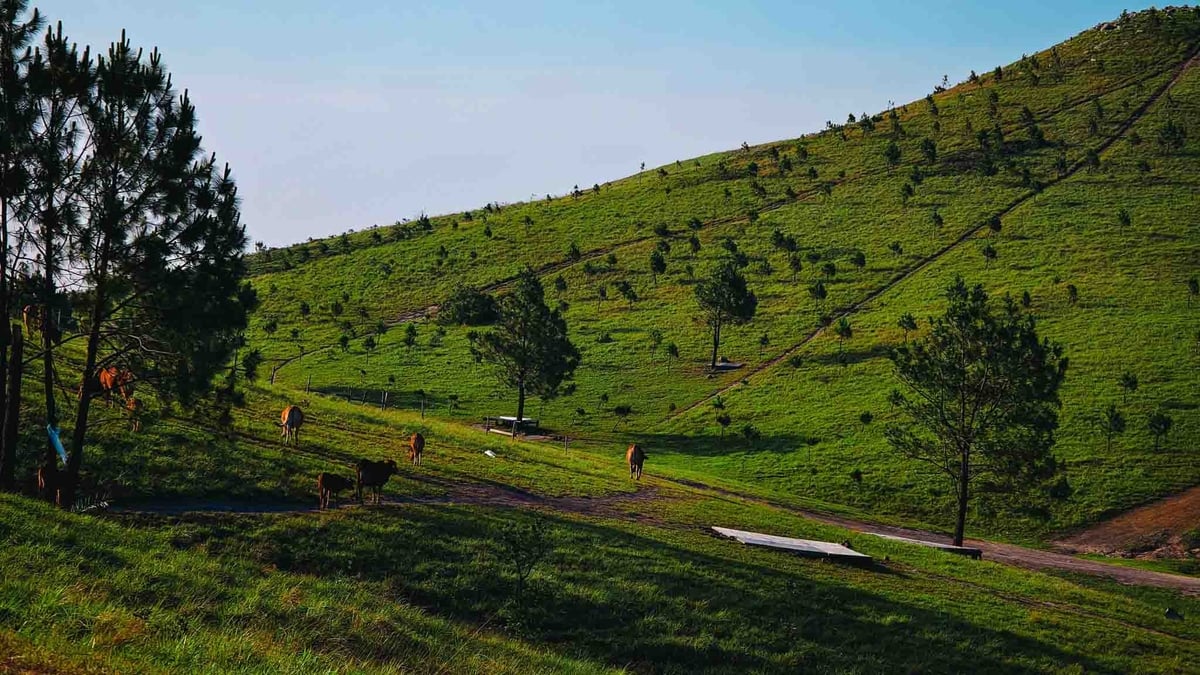
![[Photo] Prime Minister Pham Minh Chinh attends the groundbreaking ceremony of Trump International Hung Yen Project](https://vphoto.vietnam.vn/thumb/1200x675/vietnam/resource/IMAGE/2025/5/21/ca84b87a74da4cddb2992a86966284cf)
![[Photo] Determining the pairs in the team semi-finals of the National Table Tennis Championship of Nhan Dan Newspaper](https://vphoto.vietnam.vn/thumb/1200x675/vietnam/resource/IMAGE/2025/5/21/eacbf7ae6a59497e9ae5da8e63d227bf)

![[Photo] Prime Minister Pham Minh Chinh receives Rabbi Yoav Ben Tzur, Israeli Minister of Labor](https://vphoto.vietnam.vn/thumb/1200x675/vietnam/resource/IMAGE/2025/5/21/511bf6664512413ca5a275cbf3fb2f65)
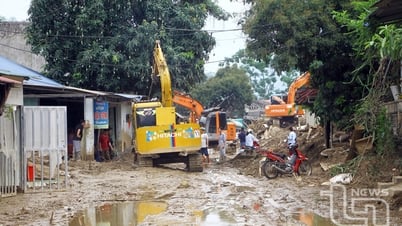
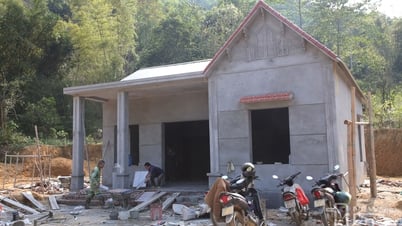
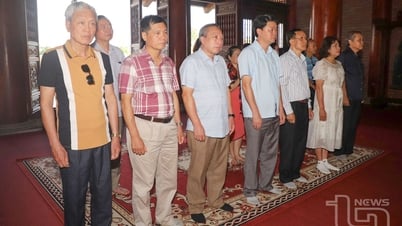
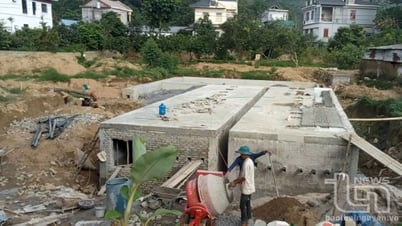
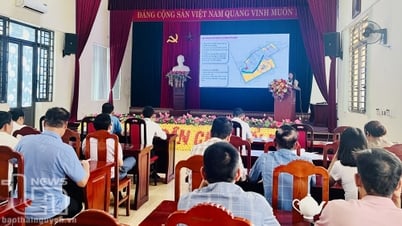





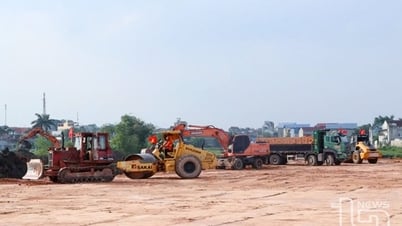
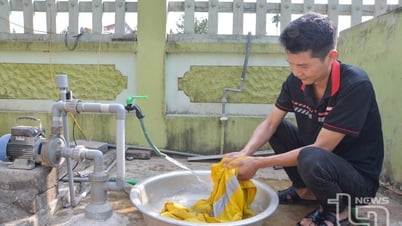
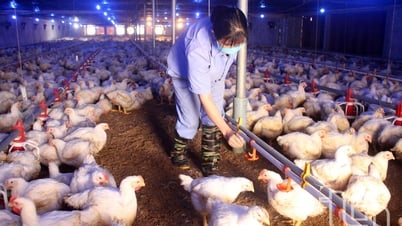
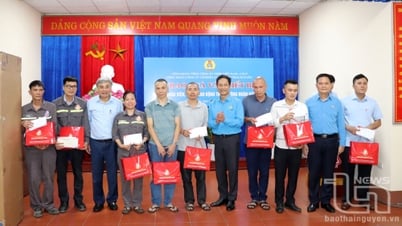




















































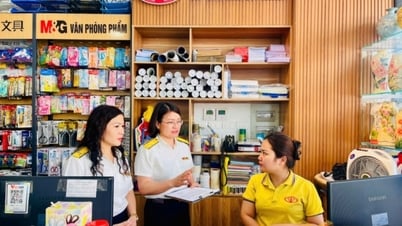
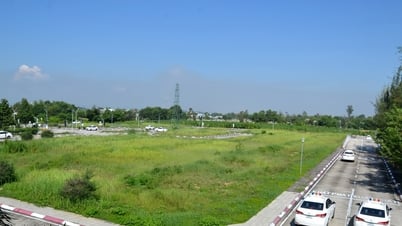

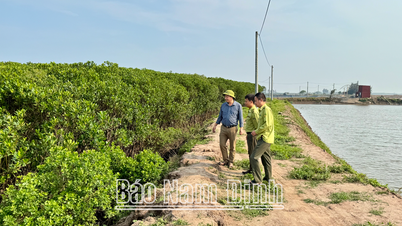

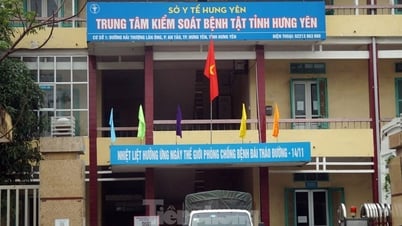

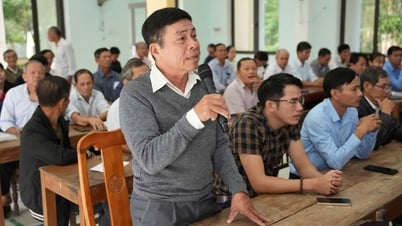



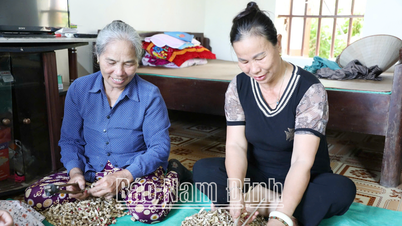









Comment (0)